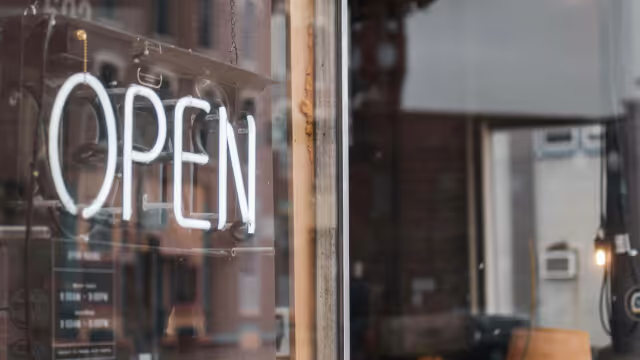If you’d have asked most people pre-Covid whether the QR code would be back, we’re guessing the answer would have been a resounding no. Having made its way into the digital marketing mix around 2010 as smartphones and web browsing became more accessible, it quickly got sidelined, if not abolished.
But Covid did hit. And hospitality, like many industries, had to react, and quickly. Restaurants needed technology that would allow customers to order without having to interact with staff as much, and that would minimise the amount of physical contact points customers had throughout their visit. And so the QR code made its almighty comeback, with it a rise in digital in-store ordering. But where does that leave the physical menu?
QR codes and digital table ordering are not a Covid-induced fad
Some might think that in-store ordering, particularly table ordering, will go back to “normal” once we ride out the pandemic. Tables won’t be distanced, masks will be unnecessary and the physical menu will be back. But driven by higher customer adoption, and the realised value so far from hospitality brands, QR codes and digital in-store ordering are very much here to stay.
You only need to look at the numbers: Bitly reported a 750% increase in QR code downloads since the start of the pandemic, and Juniper Research stated the total number of QR code payment users will surpass 2.2 billion in 2025. What was a necessity during the height of the pandemic is now commonplace technology, one that we believe isn’t going anywhere in a hurry, and here’s some key reasons why:
Digital menus help increase revenue
The flexibility of a digital menu opens up a lot of opportunities that physical menus simply can’t do. For one, being able to regularly (or automatically) restructure your menu online based on insight around the likes of highest performing items, the most valuable items that are selling, certain times of the day specific products sell the most, and more, means brands are able to optimise their menus better to increase their average order value.
With digital menus brands can also automatically offer upsell opportunities and highlight changing promotions. By knowing for example, which products are regularly bought together and when, brands can automatically integrate more valuable upsell incentives into the ordering process, ultimately getting more items added to baskets.
Lastly, with the integration of more data and analytics, now restaurants can look to add more personalisation into all of this, offering digital menus that are tailored and structured around what they know their loyal customers want.
Digital in-store ordering delivers on customer expectations
Customer expectations have changed greatly over the past few years, driven largely by their ingrained digital smarts and attachment to smartphones. They’re discovering and interacting with hospitality brands in different ways, across any number of different channels, and they demand that the modern-day customer experience is tailored to their needs.
With this has come an onus on speed, on convenience and on delivering omnichannel capabilities whereby you are essentially wherever your customers are. Modern-day customers now expect to be able to order and pay at their own pace, when it’s convenient to them. They don’t want to have to wait around for servers to take their orders or sit trying to flag down someone in order to pay. QR code-based table ordering eliminates this, hence why despite being driven by the pandemic, it’s been met positively by most.
What’s more, digital in-store ordering through the likes of QR codes enables hospitality brands to get to know their customers more. At a time when customers are placing importance on having meaningful, personalised relationships with brands, digital table ordering allows brands to capture more information about their customers and use it in a way that serves them optimally, be it through more bespoke loyalty initiatives or streamlined ordering as mentioned above.
Digital in-store ordering is safer and more efficient
As mentioned, digital table ordering really took off as a result of Covid. But health and safety measures introduced on the back of the pandemic will likely linger for a while if not indefinitely. At a simplistic level, without a physical menu, customers are simply touching less items meaning less things for staff to clean post visit and a safer overall interaction for all involved. And, for those that moved to disposable menus, it’s likely a lot more sustainable to go digital too.
As well as helping to mitigate safety concerns, digital ordering offers a chance to become efficient as a restaurant. For example, with staff no longer taking orders or payment, you can ride the wave of labour shortages a bit better, deploying the staff you do have to more valuable tasks. Even by freeing up staff to say run more food, you can help increase table turnover. As well, digital menus all integrate into your POS meaning no human errors and a more streamlined process across all ordering channels.
So, should you keep physical menus?
At the end of the day, physical menus may still have a place. There will always be concerns around accessibility and inclusion, whereby you’ll need to navigate customers who perhaps might not have smartphones, customers who don’t have access to data or Wi-Fi in order to access the menu. As well, certain restaurant types like fine dining may look to hang on to physical menus as part of their customer experience. However, as technology evolves and digital menus become even more ingrained in hospitality, even these scenarios may become obsolete.
Implemented digital menus in your stores yet?
It’s hard to ignore the value of the digital menu and the QR code. And it’s something that if not already implemented, should be high on your priority list when looking at how digital technologies can help transform your hospitality brand.
If you would like to discuss how MOBI can help digitise your in-store ordering experience, especially through the use of QR-based table ordering, then simply get in touch with the team today.


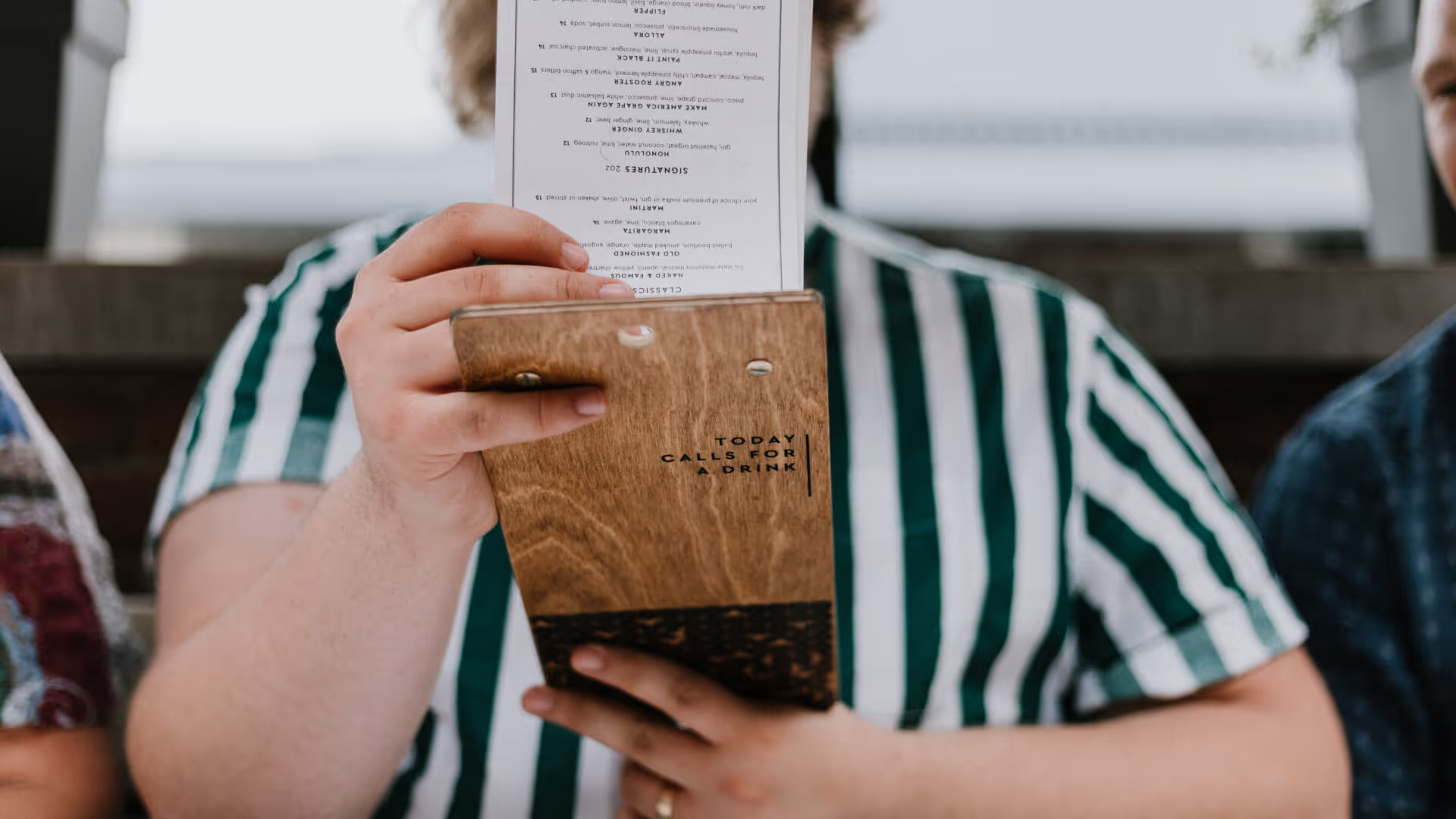



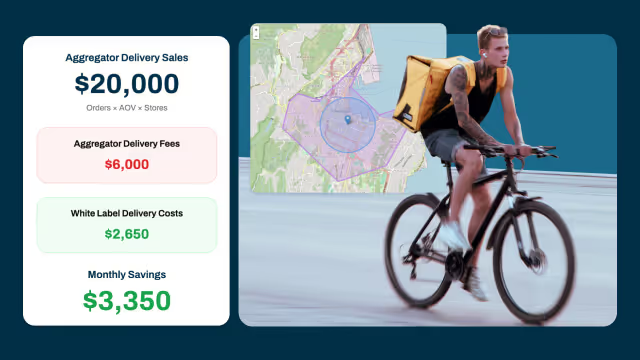

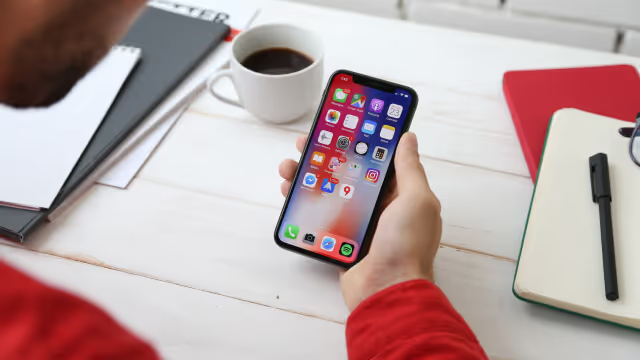
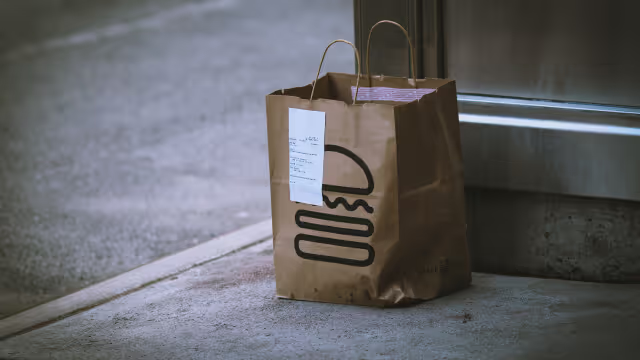
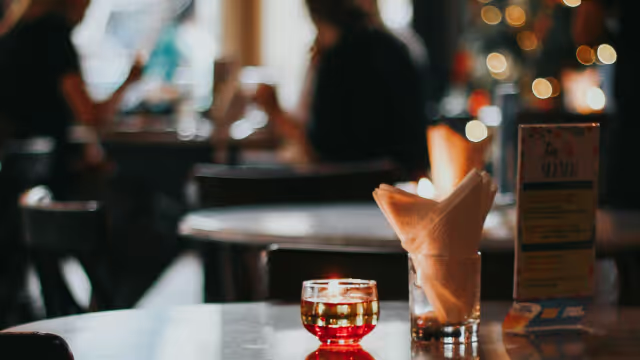
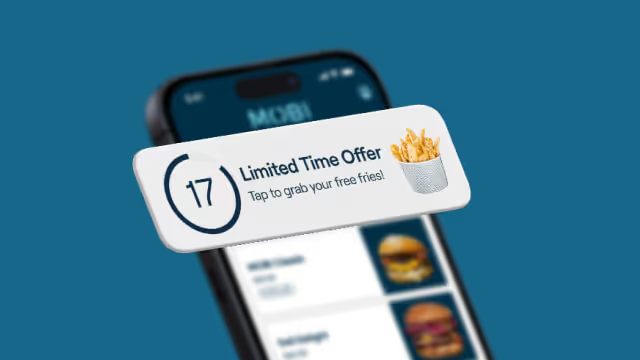

.avif)

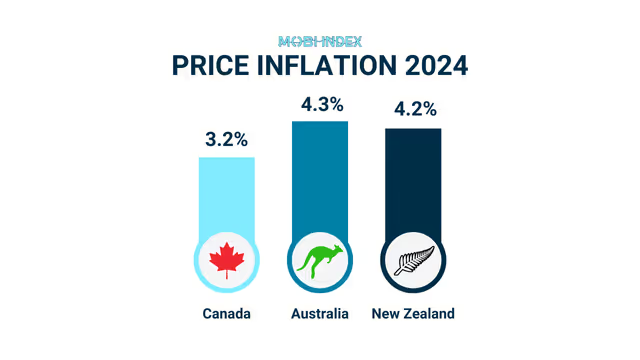
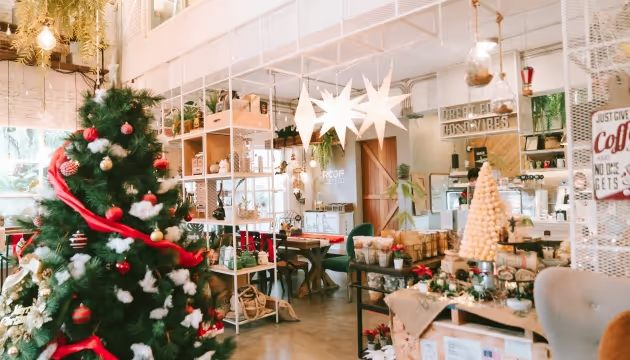
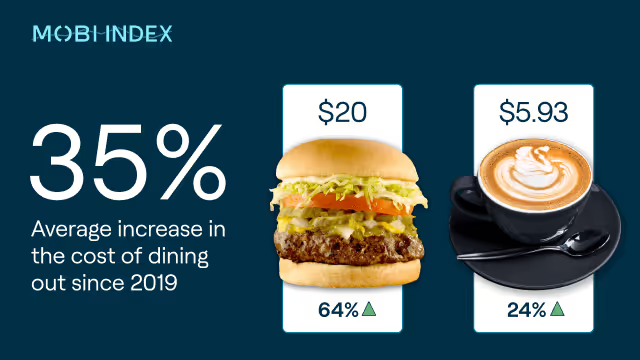
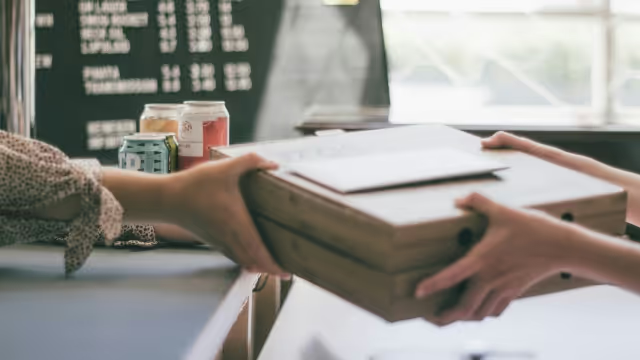
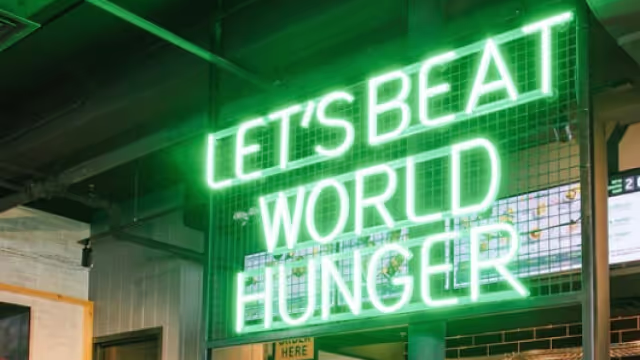
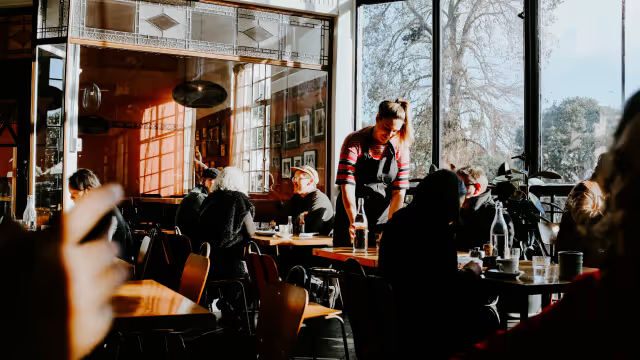
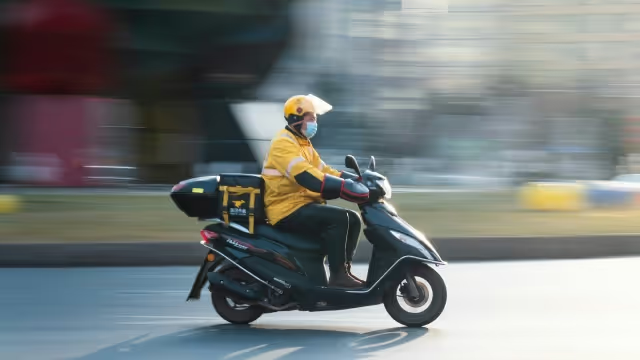

.avif)
.avif)
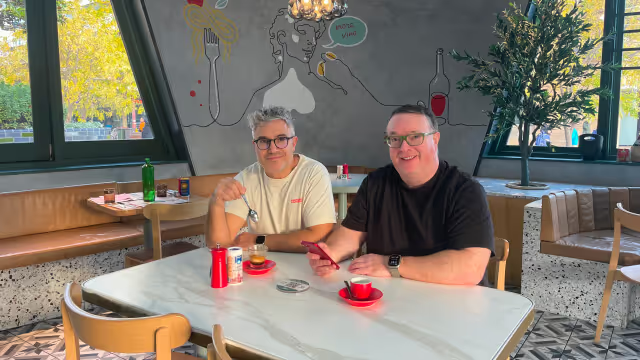
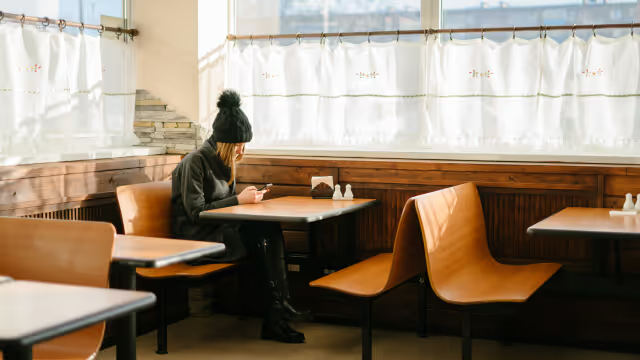
.avif)
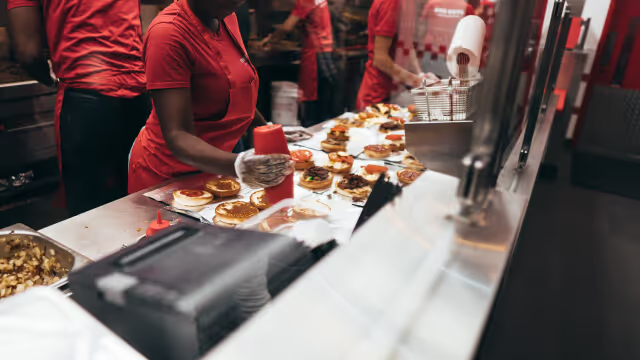

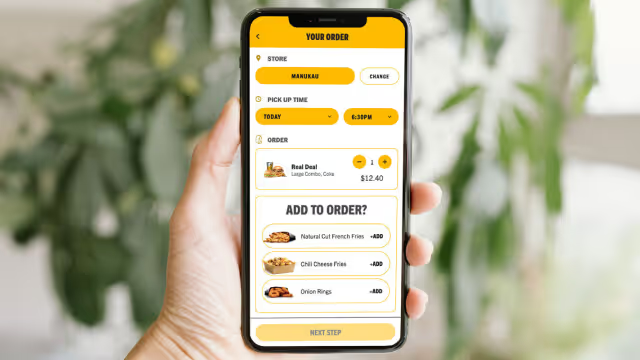
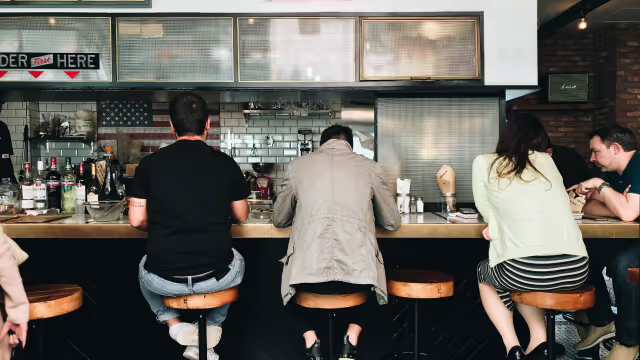
%203.avif)

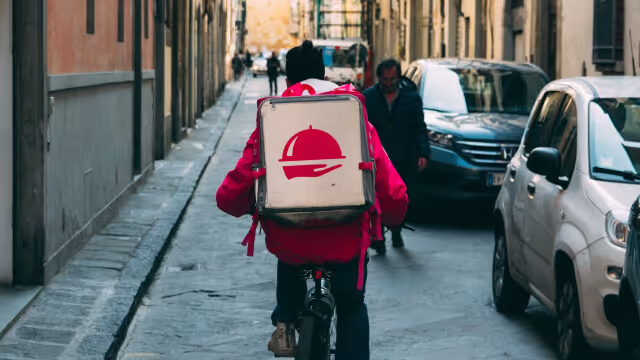
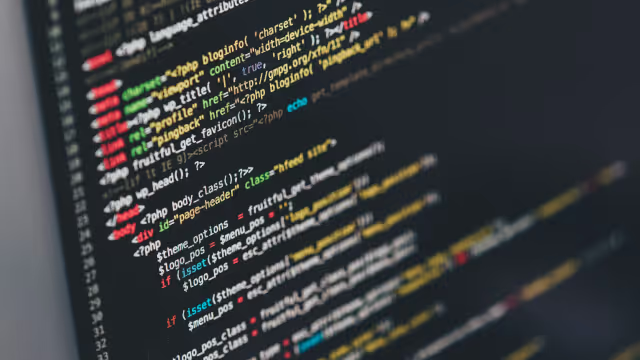

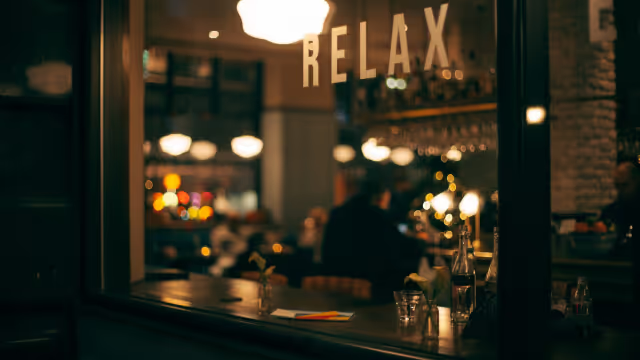
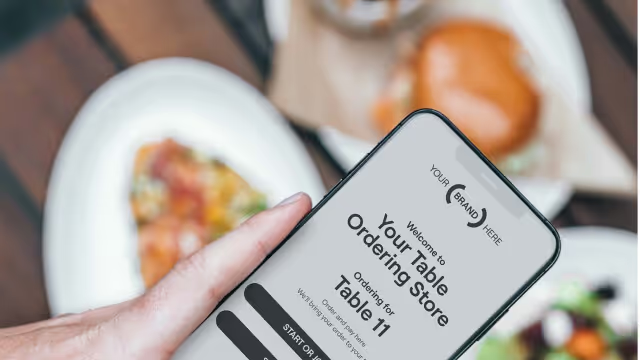

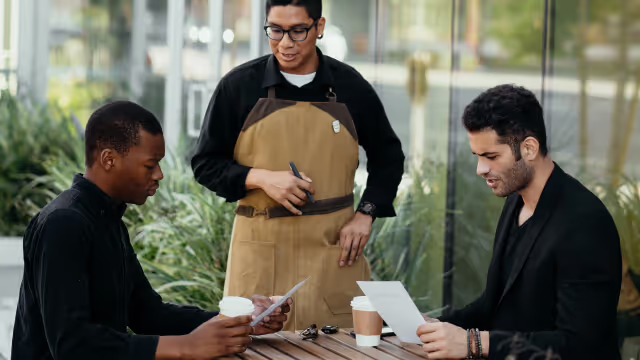
%203.avif)

%203.avif)
